Pairing sake with cheese requires a delicate approach and all five senses, but the work is worth it.
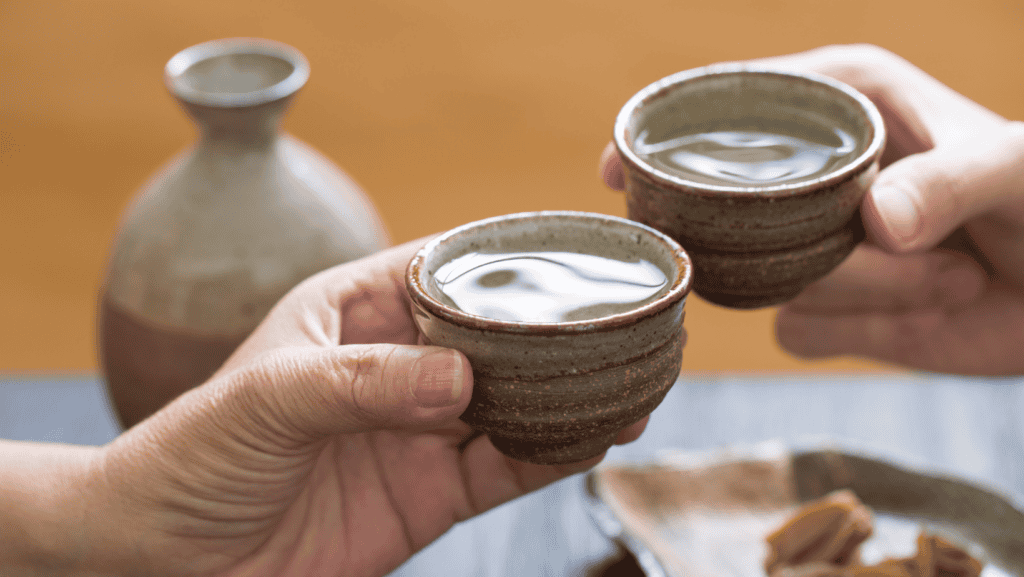
If you think you’ve spotted more sake than usual these last few years, you’re right. According to the Japan Sake and Shochu Makers Association’s 2023 report, Japan exported just over 6.5 million liters of sake to the United States last year, the most exported to any country and a 145 percent increase since 2013. Bottle shops and specialty bars dedicated to the so-called rice wine are proliferating, and a bevy of domestic sake breweries have carved out a niche alongside the craft beer movement. Plus, sake’s fermentation factor feels very of- the-moment. Even the cheese world has caught on, most notably the mongers at Milkfarm Artisan Cheese Shop in Los Angeles, California. The cut-to-order shop has concocted nearly 40 sake- cheese pairings, collaborated with sake producers to teach classes, and hosted a multi-course cheese and sake dinner.
“Sake can be very delicate, fruity, powdery, and light, or it can be umami, grassy, dense, or syrupy,” says owner Leah Park. “It’s our job to taste the sake that we are going to work with and pick out qualities we want to highlight.” Park and her team search for cheese and sake pairings that “hold hands and run off into the sunset under a rainbow.” The Milkfarm team first assesses the sake using all five senses, observing the tipple’s color, clarity, and cloudiness, then scent, palate, and taste. “Additionally, there are times when we find that the sake changes with oxygen as the bottle sits open, or that it betters as the chill wears off,” Park says.
Chris Guida, lead server at sustainable sushi spot Rosella Sushi KPT in Kennebunkport, Maine, emphasizes that there’s no one-sake-fits-all when it comes to finding cheese companions. Breaking down the most popular types of sake, he explains that Junmai Ginjo and Daiginjo are both premium sakes with a wide selection made by the traditional process of polishing rice to varying levels. “Although subtle and sometimes overlapping, the differences between these sakes are highly nuanced and allow individuality to come through, similar to the way premium wine varietals can differ based on terroir,” says Guida. Nigori sake is partially filtered, which yields a soft, creamy, and fruit-forward sip. But it’s rich, pure Jumai sake that he says is the most versatile and “lets the cheese do its thing without fighting for the spotlight.”
All that said, don’t be surprised if, instead of a hazy pet-nat, sake shows up in the cocktail-hour spread of your most gastronomically inclined friend. And if you’re bringing the bottle, pick up one of these cheeses recommended by Park and Guida.
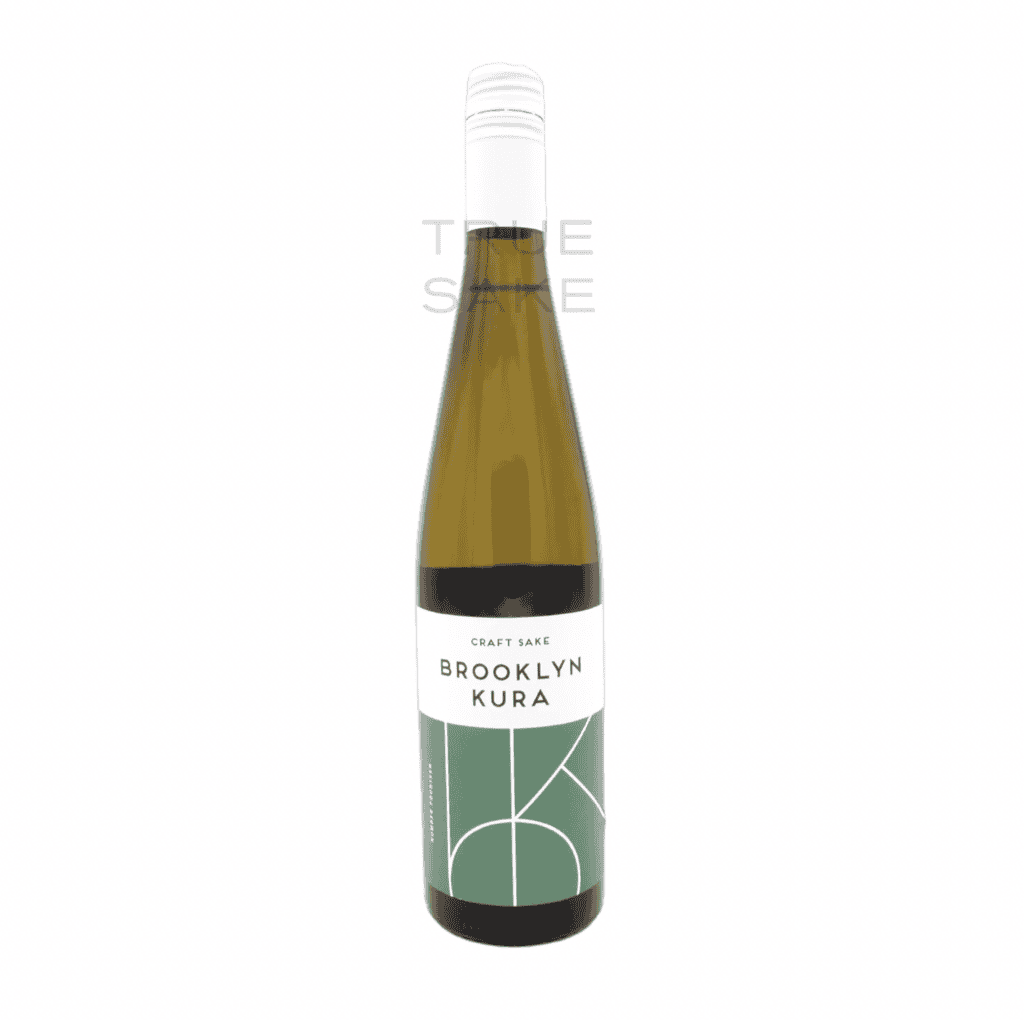
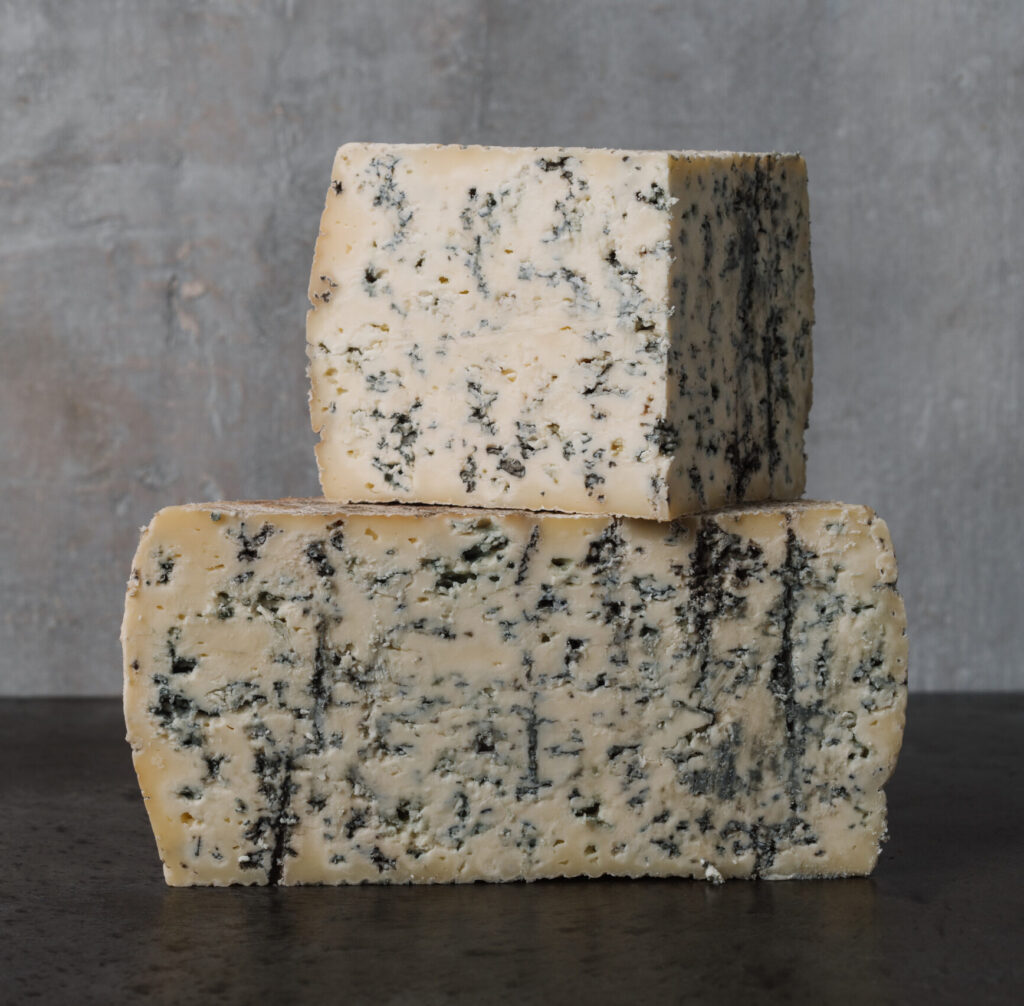
Brooklyn Kura #14 Junmai Ginjo Nama + Sweet Grass Dairy Asher Blue
This Brooklyn-brewed sake is light and aromatic, playing well with the mild mushroom and subtle salt of this blue cheese. “This is a fresh, crisp, dry sake that would absolutely compliment the umami flavors of the Asher Blue cheese and happily go hand in hand,” says Guida.
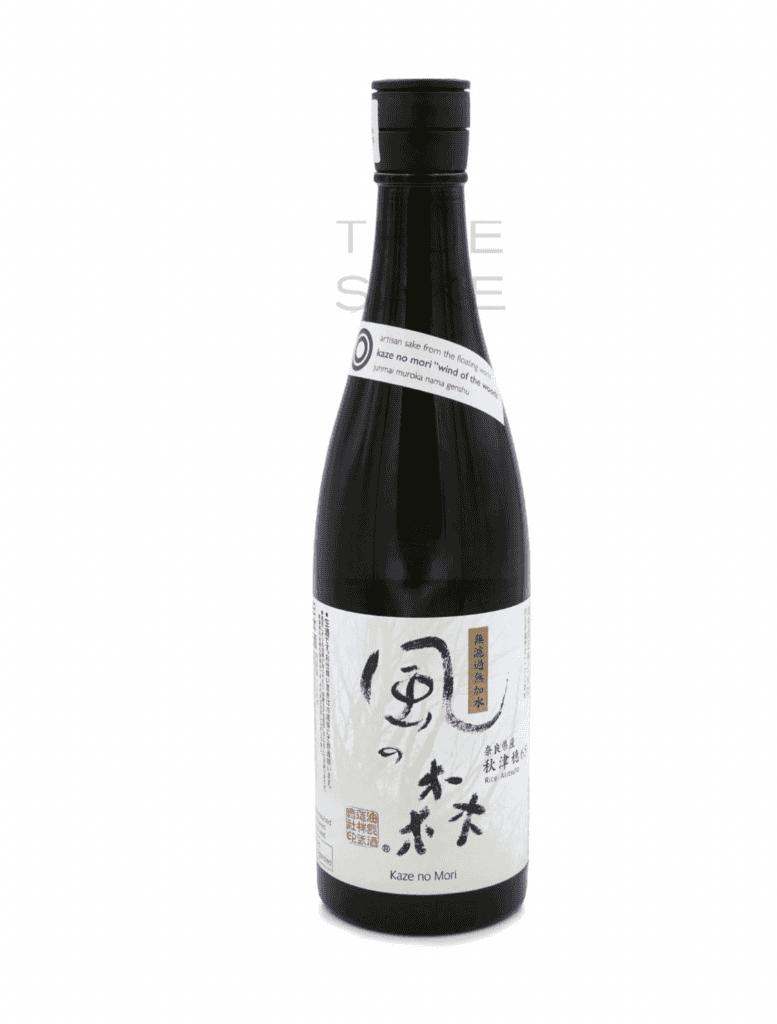
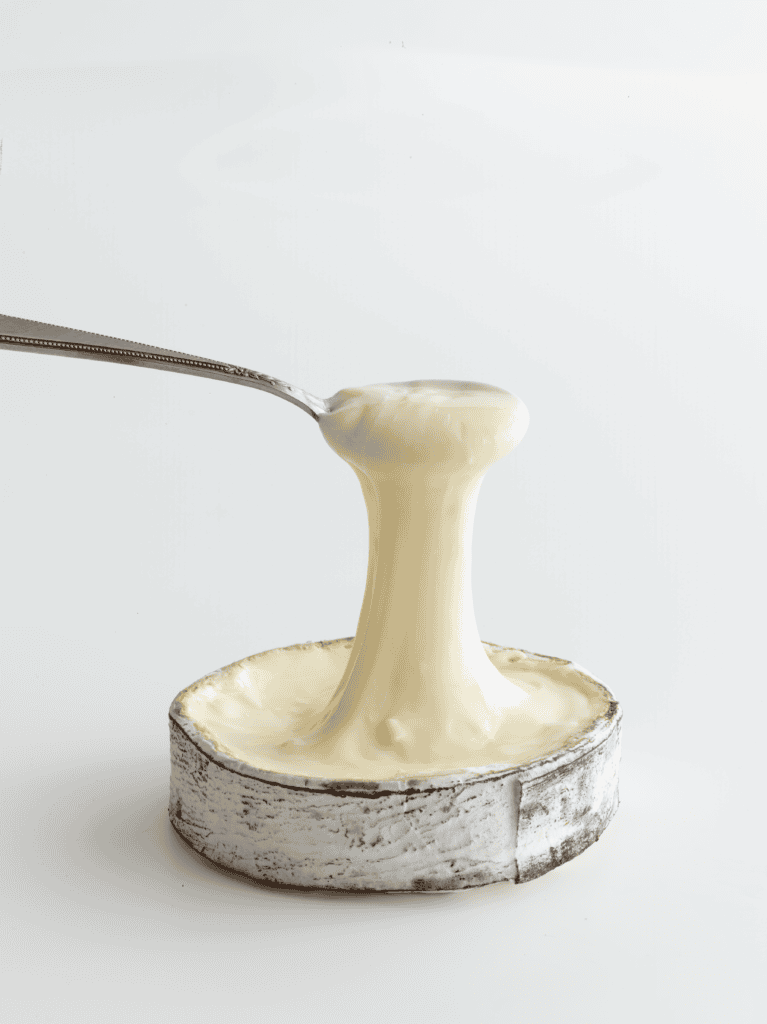
Kaze No Mori “Wind of the Woods” Junami Muroka Nama Genshu + Jasper Hill Harbison
To bring out the sake’s undertones of dried herbs and spruce, Park suggests pairing it with this bloomy-rind, bark- wrapped cheese from Jasper Hill. This wheel leans woodsy, earthy, and lightly sweet, with notes of button mushroom, sweet cream, and raspberry.
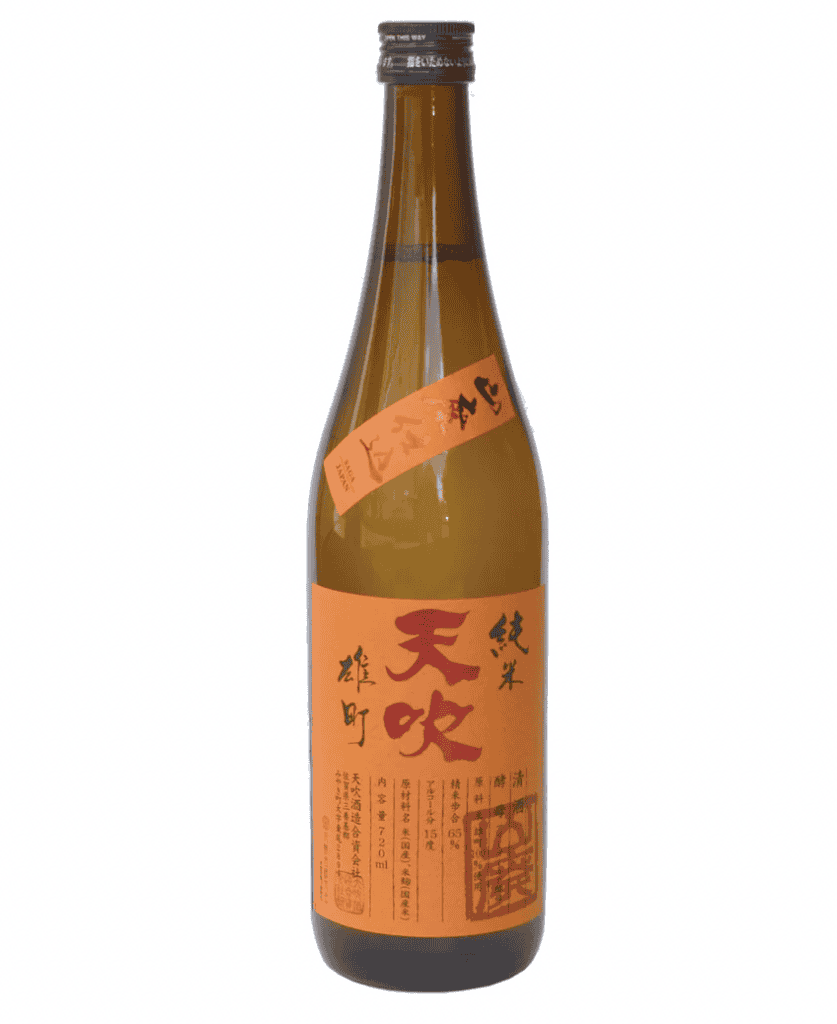
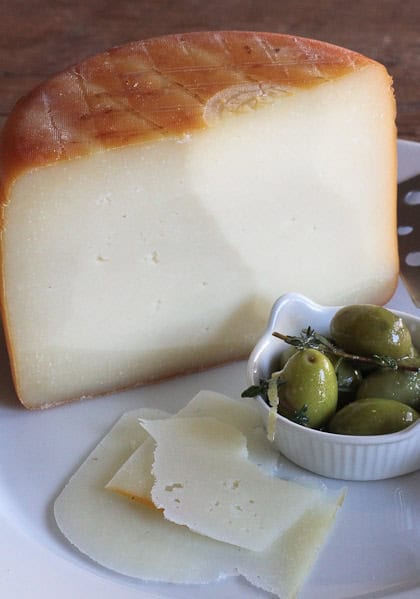
Amabuki Yamahai Junmai Omachi + Idiazabal
A robust, deep gold sake with an extremely round body and distinct marigold aroma such as this one coaxes out Idiazabal’s smoky flavor, which isn’t as prominent when tasting the cheese alone. “The pairing together reminded me of eating yakitori and grilled salmon belly,” says Park.


Suehiro Poochi Poochi Sparkling Sake + Milton Creamery Prairie Breeze Cheddar
“This sake has notes of candy and lemon, is effervescent, and would be delightful with the sweeter pineapple flavors of Prairie Breeze Cheddar,” says Guida.



